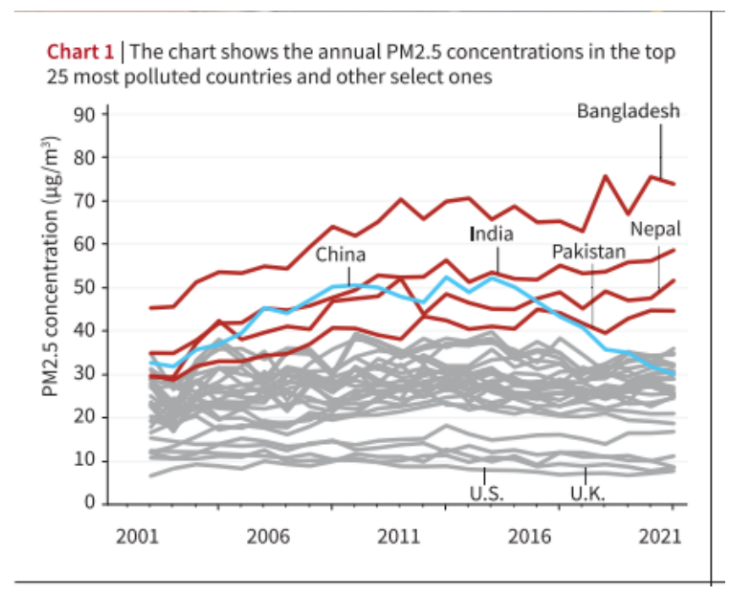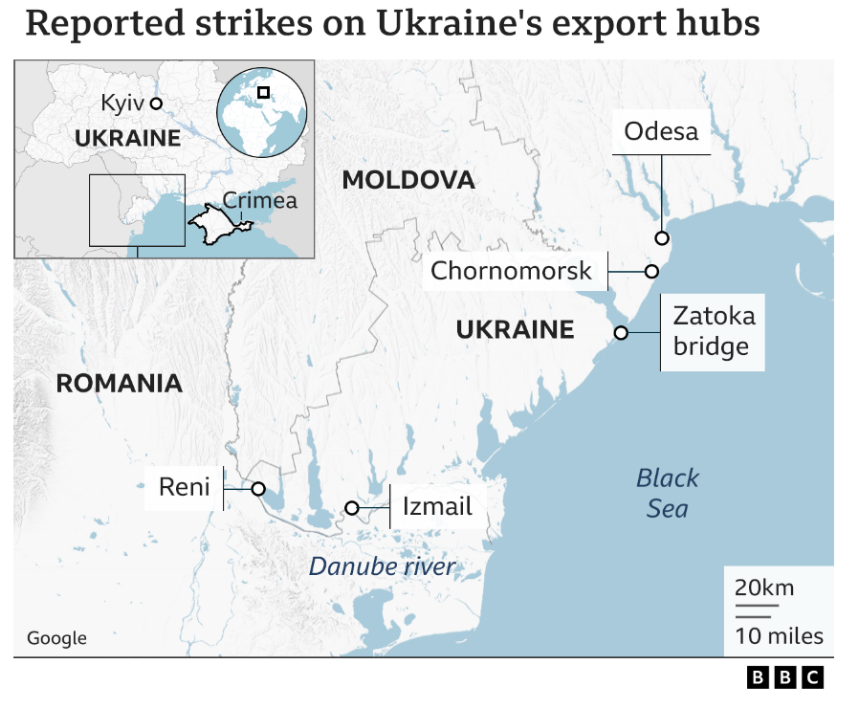Context:
More about the news:
Suggestions by the report:
Present status of groundwater extraction in India:
Challenges with groundwater extraction in India:
Regulatory Framework:

Government Initiatives for groundwater conservation:
Way Forward:
News Source: DTE
Context:
Recently, the Indian Space Research Organisation (ISRO) launched Aditya L-1, its first space-based mission to study the Sun, from the Satish Dhawan Space Centre in Sriharikota.
About Aditya-L1 Mission:

Major Science Objectives of Mission:
Associated Concepts:

About Lagrange Points:

Significance of Aditya L-1 Mission:
 Severe space weather impacts telecommunication and navigational networks, high-frequency radio communications, air traffic on polar routes, electric power grids and oil pipelines at high latitudes of the Earth.
Severe space weather impacts telecommunication and navigational networks, high-frequency radio communications, air traffic on polar routes, electric power grids and oil pipelines at high latitudes of the Earth.Challenges:
Way Forward:
News Source: Down To Earth
Context:
The Ministry of Women and Child Development celebrating the 6th Rashtriya Poshan Maah throughout September 2023.
About Poshan Maah:
POSHAN Abhiyaan:
News Source: PIB
Context:
The Department of Investment & Public Asset Management (DIPAM) has issued a Request for Proposal (RFP) to engage an asset valuer for the strategic disinvestment of IDBI Bank.
More on News:
Disinvestment in India:
Strategic Disinvestment:
About Department of Investment & Public Asset Management (DIPAM):
|
News Source: Business Standard
Context:
Despite coal and hydropower units operating at maximum capacity and experiencing significant growth, several states, including industrial hubs like Maharashtra, Karnataka, and Gujarat, face energy supply shortages due to extended hot weather.

More on News:
Way Forward:
News Source: Business Standard
Context:
Data from the Air Quality Life Index 2021 shows that failure to meet the World Health Organization (WHO)’s guidelines on reducing PM2.5 (particulate matter) pollution to 5 µg/m3 would cut global life expectancy by 2.3 years.
Particulate Pollution in South Asia:

Impact on Life expectancy:

Most polluted States in India:

Context:
Russia initiated a series of drone attacks on one of Ukraine’s major grain exporting ports, Izmail, causing substantial damage to port infrastructure.

About Danube River port of Izmail:
News Source: Hindustan Times
| Digital Infrastructure for Knowledge Sharing (DIKSHA) Platform |
|
| New Covid-19 variant: Pirola | Recently, a new Coronavirus variant called BA.2.86, which is informally being termed ‘Pirola’ has been a variant of interest’.
About Pirola:
|
| Article 371 D |
About Article 371-D:
|
| Urban Infrastructure Development Fund (UIDF) | The first tranche of loans to fund ongoing projects in tier-2 and tier-3 cities — under the Urban Infrastructure Development Fund (UIDF) announced in the FY24 Budget — will likely be disbursed soon.
About Urban Infrastructure Development Fund:
|
Maharashtra Withdraws GRs on Hindi as Third Langua...
Statistical Report on Value of Output from Agricul...
Skills for the Future: Transforming India’s Work...
National Turmeric Board HQ Inaugurated in Nizamaba...
ECI Moves to De-List 345 Inactive Registered Unrec...
MNRE Issues Revised Biomass Guidelines Under Natio...
<div class="new-fform">
</div>